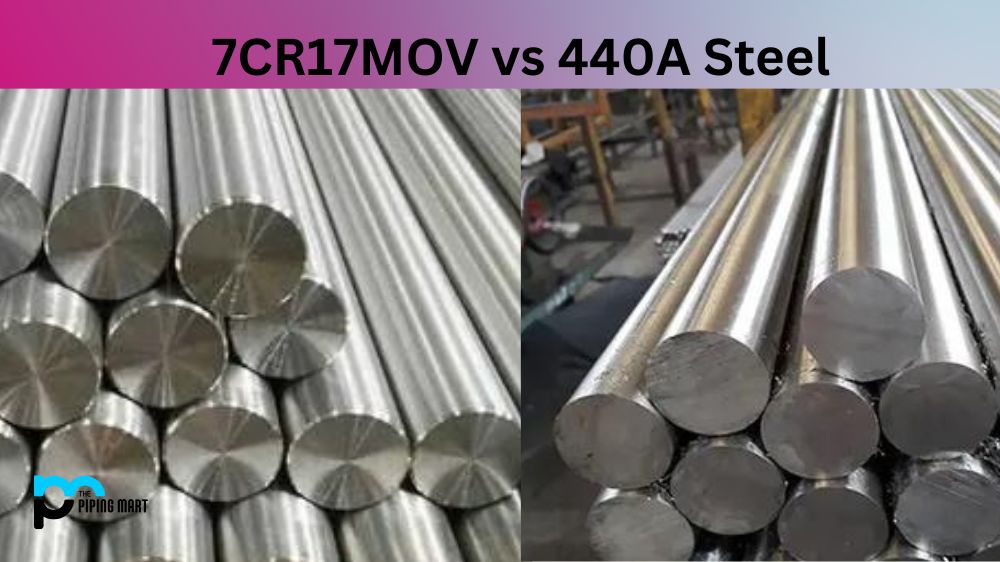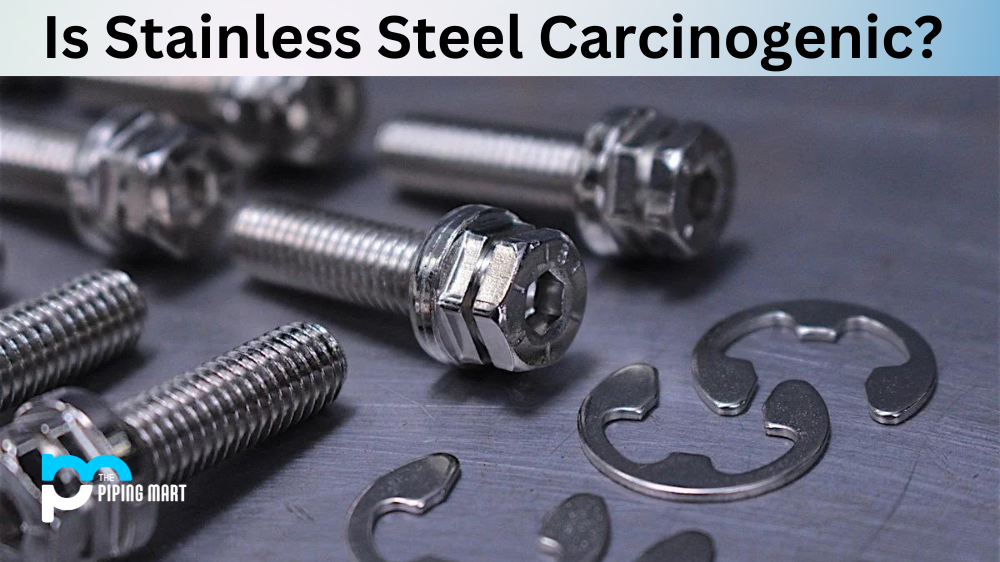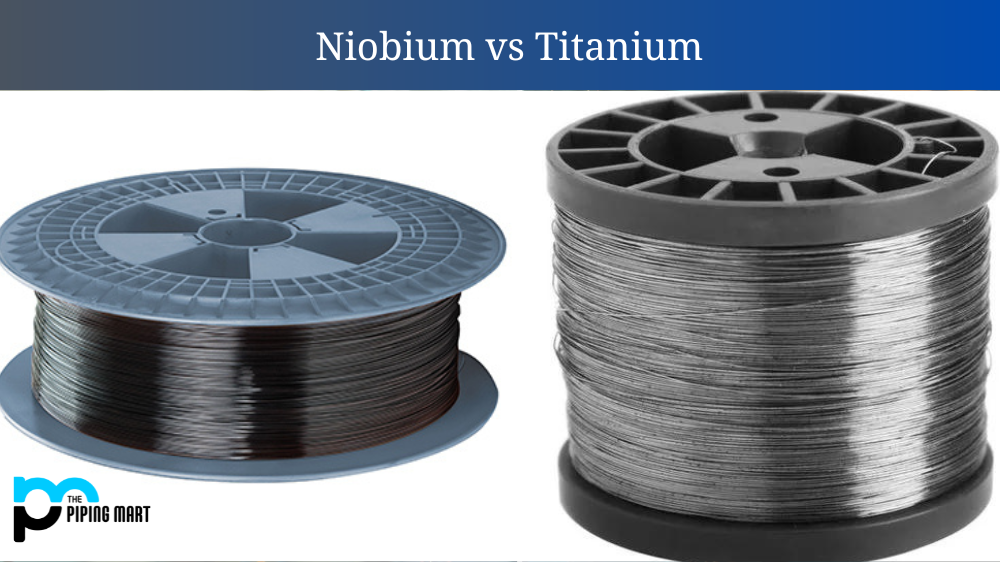When it comes to choosing the right steel for your knives, it can be confusing and daunting, especially with so many different types of steel available in the market. It’s important to understand the characteristics and properties of each steel type to make the right choice for your requirements. Two of the most popular steel types for knives are 7CR17MOV and 440A, but what’s the difference? In this article, we’ll explore the differences between 7CR17MOV and 440A steel to help you decide on your next knife purchase.
What is 7CR17MOV Steel?
7CR17MOV steel is a Chinese stainless steel grade that contains 0.70% Carbon, 17% Chromium, and 0.30-0.50% Molybdenum for increased corrosion resistance and wear resistance over other grades of stainless steel without Molybdenum. It offers excellent toughness at low and elevated temperatures up to about 600°F (316°C). 7CR17MOV is commonly used in knives and cutting tools due to its excellent sharpness retention and in kitchenware applications due to its high corrosion resistance.
What is 440A Steel?
440A Steel is a high-carbon stainless steel made of 0.65-0.75% carbon, 16-18% chromium, and trace amounts of molybdenum and manganese, providing good strength and hardness properties in hardened form. It offers excellent corrosion resistance, very good wear resistance, and moderate ease of sharpening compared to other stainless alloys, making it an ideal choice for knife blades or other cutting tools.
Difference Between 7CR17MOV and 440A Steel
Composition and Properties:
7CR17MOV is a type of Chinese steel that includes Chromium (Cr), Molybdenum (Mo), Vanadium (V), and Carbon (C). It has a high level of corrosion resistance, high hardness, and good toughness. On the other hand, 440A is a low-cost, high-corrosion-resistant stainless steel. It has a higher level of carbon than other stainless steels, which gives it excellent edge retention but lowers the steel’s durability.
Edge Retention:
One of the most important factors in selecting steel for your knives is edge retention. Edge retention refers to how long the blade can maintain its sharpness. In this category, 7CR17MOV takes the lead, as it is known to have excellent edge retention, making it ideal for knives that require a sharp and durable edge. Although 440A has good edge retention, it is less durable than 7CR17MOV and may require frequent sharpening.
Corrosion Resistance:
Corrosion resistance is another crucial factor in knife steel selection, especially if you plan to use your knife near water or in acidic environments. 7CR17MOV and 440A offer high corrosion resistance, making them ideal for outdoor activities such as camping, fishing, and hunting. However, 7CR17MOV has a better resistance to corrosion than 440A, thanks to its high level of Chromium and Molybdenum.
Toughness:
Toughness refers to how much stress or pressure a blade can take without breaking or chipping. 7CR17MOV takes the lead in this category as it is tougher than 440A. This makes it ideal for outdoor activities and survival, as it can withstand more rugged use and abuse.
Cost:
Finally, cost is a factor to consider when selecting a steel for your knife. 440A is an excellent budget-friendly option with excellent corrosion resistance and good edge retention, making it ideal for everyday carry, hunting, and fishing knives. 7CR17MOV can be a bit more expensive than 440A, but its excellent edge retention, high corrosion resistance and toughness make it a great choice for high-end knives and outdoor tools.
Conclusion:
In conclusion, 7CR17MOV and 440A are great steel choices for your knives, but understanding the differences can help you make an informed decision. 7CR17MOV is ideal for those who want excellent edge retention, high corrosion resistance, toughness for outdoor activities and high-end knives. On the other hand, 440A is an excellent budget-friendly option that offers good corrosion resistance and edge retention, making it a great choice for everyday carry knives and fishing tools. Choosing these two steel types ultimately depends on your needs, requirements, and budget.

Abhishek is a seasoned blogger and industry expert, sharing his insights and knowledge on various topics. With his research, Abhishek offers valuable insights and tips for professionals and enthusiasts. Follow him for expert advice on the latest trends and developments in the metal industry.




